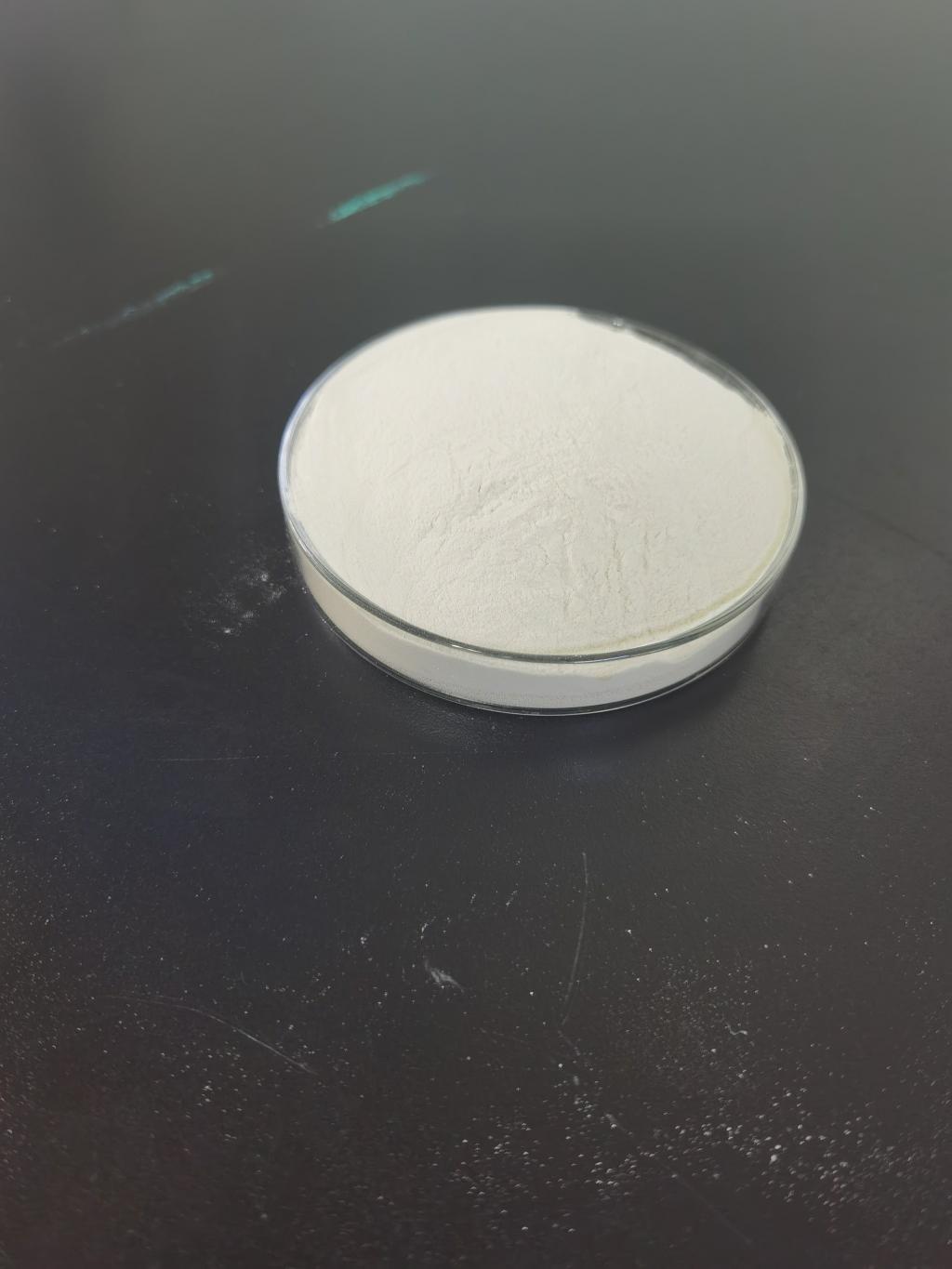Tel:+8618231198596

News
 CONTACT
CONTACT
 CONTACT
CONTACT
- Linkman:Linda Yao
- Tel: +8618231198596
- Email:linda.yao@dcpharma.cn
- Linkman:CHARLES.WANG
- Department:Overseas
- Tel: 0086 0311-85537378 0086 0311-85539701
News
Nisin: Unlocking Its Potential in Veterinary Medicine.
TIME:2023-09-15
Nisin: A Brief Overview
Nisin, originally discovered in the early 20th century, is a bacteriocin produced by certain strains of lactic acid bacteria, particularly Lactococcus lactis. It is classified as a Class I bacteriocin and is composed of 34 amino acid residues. Nisin's antimicrobial properties arise from its ability to disrupt bacterial cell membranes, leading to cell death. Its mechanism of action involves binding to lipid II, a precursor in bacterial cell wall synthesis, and forming pores in the cell membrane.
Nisin has a long history of safe use in the food industry as a natural preservative due to its effectiveness against Gram-positive bacteria, including foodborne pathogens like Listeria monocytogenes and Staphylococcus aureus. Now, researchers are exploring its potential in veterinary medicine to address bacterial infections in animals.
Nisin in Veterinary Medicine: Current Applications
Mastitis Management in Dairy Cattle
Mastitis, inflammation of the mammary gland, is a common and costly issue in dairy farming. It leads to reduced milk production, poor milk quality, and animal discomfort. Bacterial infections, often caused by Gram-positive pathogens, are a primary cause of mastitis. Nisin's antimicrobial properties make it a potential treatment for mastitis.
Current research involves developing nisin-based intramammary treatments or teat dips to control mastitis in dairy cattle. These formulations aim to provide an effective and safe alternative to traditional antibiotics, reducing the risk of antibiotic residues in milk and the development of antibiotic resistance.
Poultry Health
Poultry farming faces numerous challenges related to bacterial infections, particularly those caused by pathogens like Clostridium perfringens and Staphylococcus aureus. These infections can lead to necrotic enteritis and other diseases, resulting in economic losses for the poultry industry.
Nisin is being investigated as a feed additive for poultry to prevent and manage bacterial infections. It has the potential to improve bird health, reduce the need for antibiotic treatments, and enhance overall poultry production.
Companion Animal Health
Companion animals, such as dogs and cats, can also benefit from nisin-based treatments. Bacterial infections, including those affecting the skin, ears, and urinary tract, are common in these animals. Nisin-containing topical formulations, such as creams or ointments, can provide a natural and effective means of managing these infections.
Future Prospects and Challenges
While nisin's potential in veterinary medicine is promising, several challenges and considerations must be addressed:
Regulatory Approval
The use of nisin in veterinary medicine may require regulatory approval, depending on the region and the specific application. Manufacturers and researchers must navigate the regulatory landscape to ensure compliance and provide necessary data on safety and efficacy.
Resistance Development
As with any antimicrobial agent, there is a risk of bacterial resistance developing over time. Continuous monitoring and research are necessary to detect and mitigate the emergence of nisin-resistant strains.
Dosage and Formulation
Determining the optimal dosage and formulation for nisin-based veterinary products is crucial. Dosages must be effective in treating infections without causing harm to the animals. Researchers need to explore various formulations, such as intramammary treatments, teat dips, feed additives, and topical applications, to find the most suitable options for different veterinary applications.
Cost and Availability
The cost-effectiveness and availability of nisin for veterinary use are important factors to consider. Research efforts should focus on developing cost-efficient production methods and ensuring a stable supply of nisin for the veterinary industry.
Conclusion
Nisin, with its natural origin and potent antimicrobial properties, holds great promise in veterinary medicine. Its potential applications in managing mastitis in dairy cattle, improving poultry health, and addressing bacterial infections in companion animals offer opportunities to enhance animal health and welfare while reducing the reliance on traditional antibiotics.
However, realizing the full potential of nisin in veterinary medicine requires ongoing research, regulatory approvals, and careful consideration of dosage, formulation, and resistance management. As the veterinary community continues to explore and harness the capabilities of nisin, we can anticipate advancements that contribute to the well-being of animals and the sustainability of animal agriculture. Nisin's journey from a food preservative to a valuable tool in veterinary medicine underscores the versatility and adaptability of this natural antimicrobial peptide.
- Tel:+8618231198596
- Whatsapp:18231198596
- Chat With Skype







